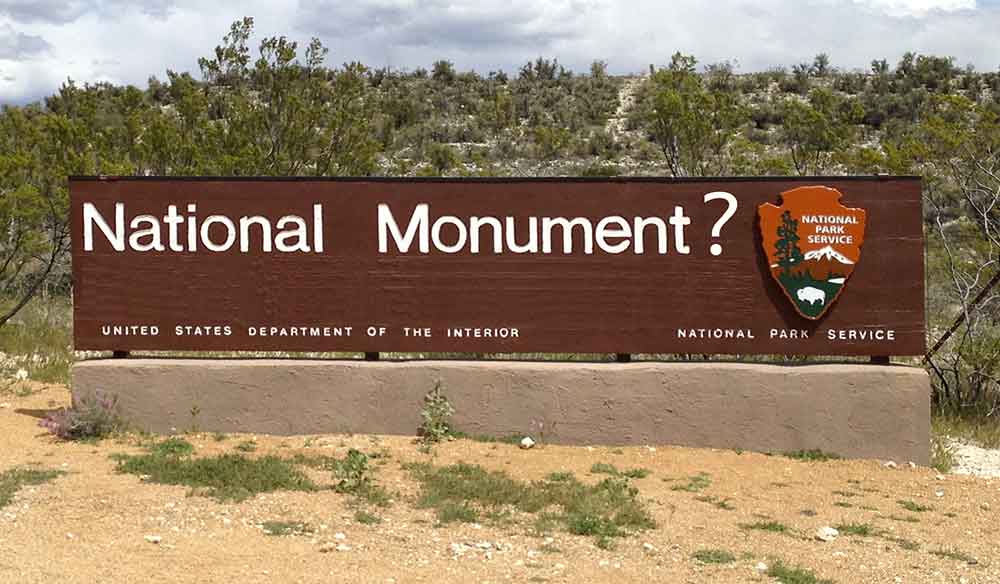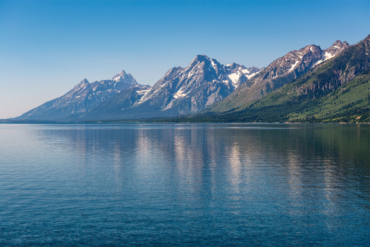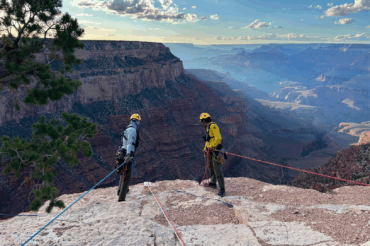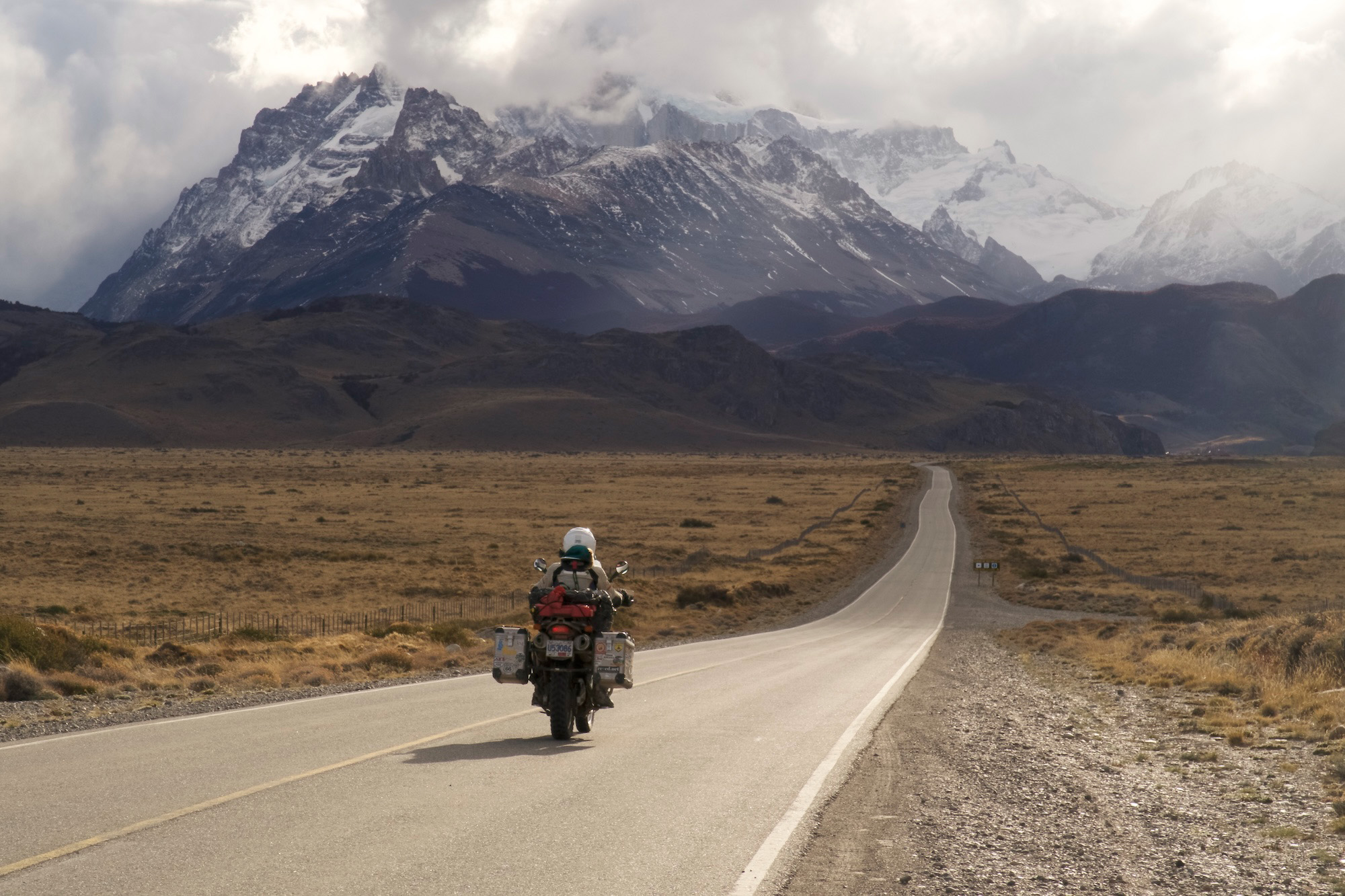[leadin]National Monument status is a hot topic right now. Land battles where locals oppose federal government designation of wilderness can be intense, including recent confusion over the Boulder-White Clouds Wilderness and its status and as far back as the controversy over Grand-Staircase Escalante in 1996.[/leadin]
Who should manage our public lands, and how? What designation allows for the right mix of recreational opportunities and resource exploitation, including ranching, mining, and more?
Iconic public lands come in a few types. National Monuments, a diverse federal government classification of more than 100 sites around the U.S., are among the least understood.
Mountain Bikes Banned?
To clear the water, mountain biking was banned only within the Boulder-White Clouds wilderness boundaries as a result of its designation as a wilderness area instead of a National Monument this summer. In fact, the International Mountain Bicycling Association (IMBA) organized an event in July in support of Monument designation, which would preserve the right to mountain bike throughout the entire Boulder-White Clouds area.
Similarly, Utah locals were in an uproar following the Grand-Staircase Escalante National Monument designation in 1996, primarily over what would become of cattle ranchers and coal mining. Today, though, many see the designation in a good light, as it has protected nearly 1.9 million acres of sandstone cliffs and ancient villages.
National Park vs. National Monument
We’ve been following KEEN’s “Live Monumental” campaign this summer, which has a goal to rally public support to encourage the Obama Administration to designate five recreational areas as National Monuments: Gold Butte (NV), Boulder-White Clouds (ID), Owyhee Canyonlands (OR), Mojave Trails (CA), and Birthplace of Rivers (WV).
It has generated substantial media coverage and increased overall awareness about National Monuments. Still, despite the attention, many people are not aware what a National Monument really is and how it differs from a National Park or other federal land designation.
The primary difference between Monuments and Parks lies in the reason for preserving the land in the first place.
National Monuments are protected due to their objects of historical, cultural, and/or scientific interest, while national parks are protected due to scenic, recreational, or educational value. That explains why National Monuments are so much more varied than national parks.

Another difference is that only the National Parks Service manages national parks, while National Monuments are managed by either the National Parks Service, U.S. Forest Service, U.S. Fish and Wildlife Service, National Oceanic and Atmospheric Administration, the Department of Defense, or Bureau of Land Management.
Wilderness Areas
As far as wilderness areas go, they’re the most strict form of land protection. They were created from the Wilderness Act, which focuses primarily on preserving habitats in their pristine states. Because of that hyper-focus on preservation, mechanized transport of any kind, including mountain bikes, is off-limits in all 762 wilderness areas.
Monumental Diversity
Nearly 300,000,000 people visited a National Park in the U.S. last year. They’re extremely well known, large, and possess unmistakable scenic, recreational, educational, or inspirational value.
National Monuments are significantly less recognizable, in part because they range from buildings to fossil beds, reefs, ruins, railroads, statues, volcanoes, forests, and natural bridges.
To date, there are 117 National Monuments in the U.S., compared to 58 National Parks. The more popular National Monuments include the Statue of Liberty (NY), Fort Sumter (SC), WWII Valor In The Pacific (HI), Muir Woods (CA), Mount Rushmore (SD), and Canyon de Chelly (AZ), and Devils Tower (WY).
Designation History and Process
The National Monument designation process has been around for nearly 110 years. While Congress designates National Parks, presidential proclamations generally establish National Monuments through the Antiquities Act.
This Act, created by Theodore Roosevelt in 1906, grants the President authority to designate National Monuments in order to protect objects of historic or scientific interest. Most recently, in July, President Obama used it to name three of our nation’s newest National Monuments, the Basin and Range (NV), Berryessa Snow Mountain (CA), and Waco Mammoth (TX).
The Antiquities Act has an impressive track record of single-handedly preserving some of the nation’s most beloved areas, including the Grand Canyon, Grand Teton, Arches, Joshua Tree, and Olympic, all of which were re-designated as National Parks later on.

Looking at that list, it’s hard to deny the snowball effect that national monument designations can have on wilderness areas.
What’s also unique about monument designations is that they begin with local input and culminate in the public asking the President to use his power vested in the Antiquities Act. This was the case for the San Gabriel Mountains National Monument in California, which President Obama protected on October 10th, 2014.
What About Recreation In National Monuments?
One commonly held misconception of monuments is that they end up inhibiting the activities that were once allowed there. The fact is, though, that most public and commercial activities continue after monuments are established.
These include oil and gas leases, hunting and fishing, rafting and boating, camping, backpacking, mountain biking, hiking, and riding motorized vehicles on designated routes. National Monument designations are unique in that they can be tailored, allowing for the maintenance of traditional culture uses in particular areas, such as the activities previously mentioned.
However, be warned: Though the National Park Service doesn’t outright ban mountain biking in its National Monuments, they do make it difficult to open a trail to mountain biking once the area is designated.
Preservation Is Paramount
Once a National Monument is officially established, the preservation conversation kicks up. Together, the managing agency and the local public come up with a long-term management plan for the area that seeks to protect the cultural and natural resources of the area.
Most National Monuments are focused on historical and scientific preservation. When a natural landscape becomes a National Monument, though, it often bodes well for the area in regards to land preservation that fends off commercialization.
Save The Places We Play
Ultimately, the hope is that we can leave this nation beautiful and natural for future generations to enjoy, as well as respectfully enjoy these places now. Thankfully, National Parks, Monuments, Forests, and Wilderness areas all offer viable opportunities for us to do just that.






